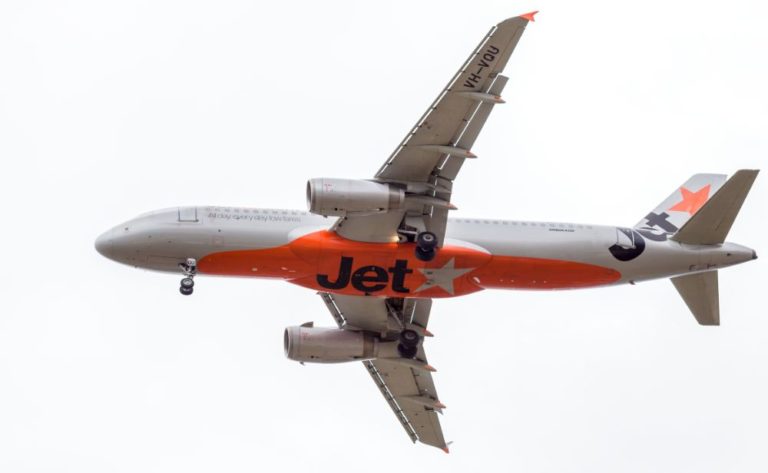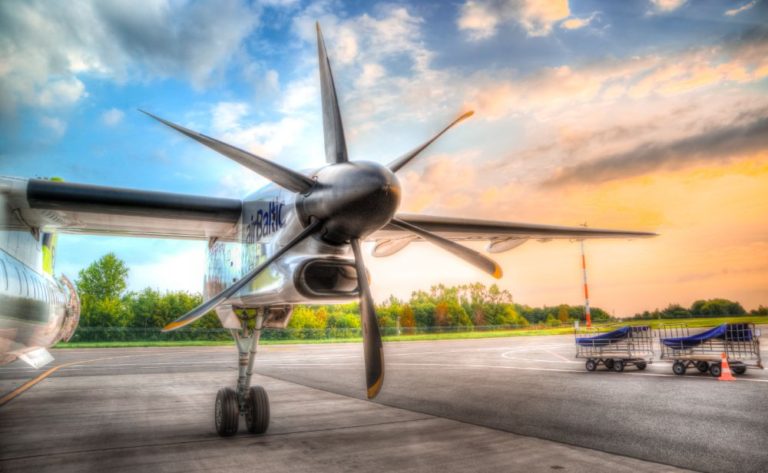Bombardier Challenger 350
Since it made its first flight on March 2, 2013, the Bombardier Challenger 350 has swiftly become one of the most popular selling business jets with corporate flight departments and charter operators who are looking for a mid-size cabin and coast-to-coast range. This is the case. It has a number of upgrades in comparison to…

